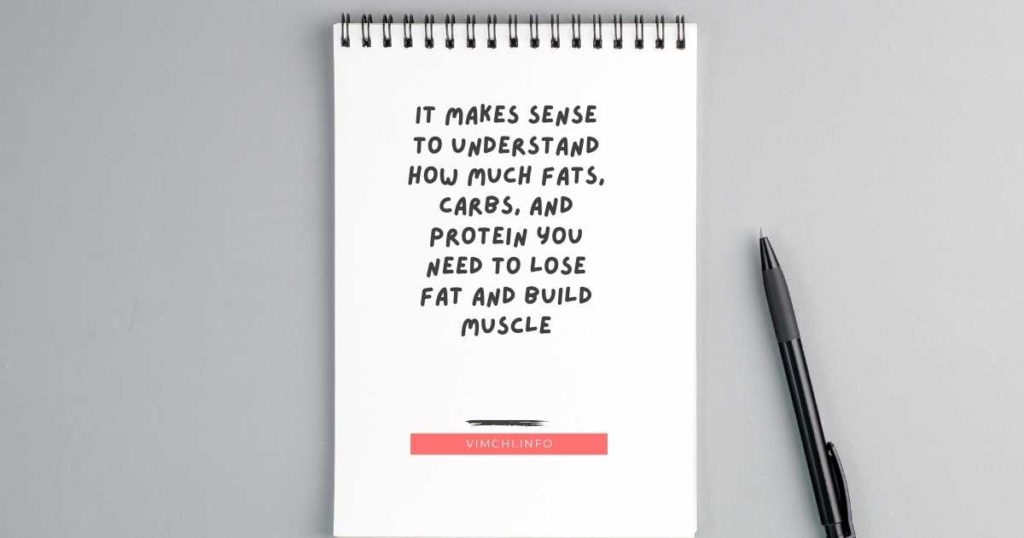
Are you experimenting with OMAD diet? If you are, you might be one of those people who are wondering how to make an intermittent fasting OMAD meal plan. It’s just one meal so it will be easier to plan. But it’s not always the case. The OMAD meal plan is more than just planning your food but it also requires you to prepare yourself mentally.
Here are some tips to keep in mind to help you carry out this diet successfully.
Related: What is OMAD Intermittent Fasting?
Tips for a Successful Intermittent Fasting OMAD Meal Plan
1. Keep It Simple
At the start of your intermittent fasting, you may make the mistake of consuming everything. But it’s not a good idea.
The craving is there. It’s true. But you must not eat something massive right away. If you do, it will only shock your system.
Instead of eating one huge meal right after finishing the fast, you must take it slowly. You can start by consuming some fruits first.
By starting small, you’re slowly increasing your blood sugar levels.
While eating your one meal, make sure that you enjoy it slowly. By enjoying what you eat, you will know when it’s time to take a break.
2. Find Out What Your Macros Are

You’re eating one meal a day for health reasons. For many, they follow it to lose weight significantly. Thus, it makes sense to understand how much fats, carbs, and protein you need to lose fat and build muscle.
The good thing is that you can use online tools that will help you analyze your macros. Since you’re only eating one meal a day, it’s easier to log in the ingredients to get the macro breakdown.
Before we go to the next tip, let’s find out what a macro is.
Macro is a macronutrient. It includes the three categories of nutrients you must be eating to give you energy — protein, carbohydrates, and fats. In that case, when you’re counting your macros, you’re actually counting the grams of carbs, fats, and proteins.
But why is it vital to count macros?
Keeping track of your macros can help you plan healthy food choices. Keep in mind that you’re only eating one meal a day. That one meal must include all the nutrients you need to help you get through the day.
Related: What to Eat on OMAD?
3. Take Vitamins and Electrolytes
When you’re not eating anything, your energy levels would go down. That’s why it’s vital to take the right vitamins and minerals to keep your energy levels.
Here are the vitamins you should be taking when intermittent fasting.
- Multivitamin. It’s a vital supplement for your optimal health. Unfortunately, most Americans can’t meet their nutrient needs through diet alone. By taking multivitamins, you’re getting the right levels of folic acid, vitamin E, vitamin C, and vitamin B, among others.
- Fish oil. This is vital to regulate inflammation. You can obtain it through diet. But if you can’t, then taking supplementation is your best bet.
- Magnesium. This is one of the minerals needed by enzyme reactions in the body. Unfortunately, the majority of Americans don’t meet the recommended daily intake of magnesium. If you are fond of eating processed foods, you should consider taking a magnesium supplement.
- Vitamin D. Your body produces this vitamin through sun exposure. However, the sun isn’t too strong to meet the vitamin D requirement. This type of vitamin is vital to maintain proper bone integrity and neuromuscular function.
- Probiotics. You need a healthy gut. Maintaining gut health is vital to properly absorb nutrients.
Apart from these vitamins and minerals, it’s also essential to take electrolytes. They are taken on an empty stomach. The good thing is that they don’t have calories. In that case, if you take it during your fasting period, it won’t break your fast.
Related: Intermittent Fasting for Beginners
4. Prepare Meals

Some people who fail to have a positive OMAD experience are the ones who don’t plan their meals. Planning your meal the day before or in a batch will help you stay on top of what you are eating.
When you have your meals figured out, you can’t avoid eating just anything you find in the fridge. Planning your meal a day before or in a batch will also stop you from eating fast food.
Related: What Nutrients Should Be in an OMAD Meal?
5. Track Your Progress
If you’re the type of person who loves seeing your results, then having a fasting app is vital. When you have a timer to show you how far you had come, you’re more likely to stay on course.
Although using a fasting app isn’t that vital, having it can help you keep track of your performance. When you know your progress, you can be more successful in following this type of diet.
6. Ditch Your Bad Eating Habits Slowly
Before you start eating one meal a day, you need to know your bad eating habits. For instance, if you have the habit of eating pizza every day, you might want to reduce your pizza consumption.
You can start by reducing it to once a week or three days a week. This is vital to help you stop your craving.
Recognizing your eating habits is vital to ensure your success.
Conclusion
The intermittent fasting OMAD meal plan is not just about planning what to eat. Rather, it’s also about preparing yourself physically and mentally. Find out here if you can have any calories while intermittent fasting?
Speak Now ... Or Forever Hold Your Peace